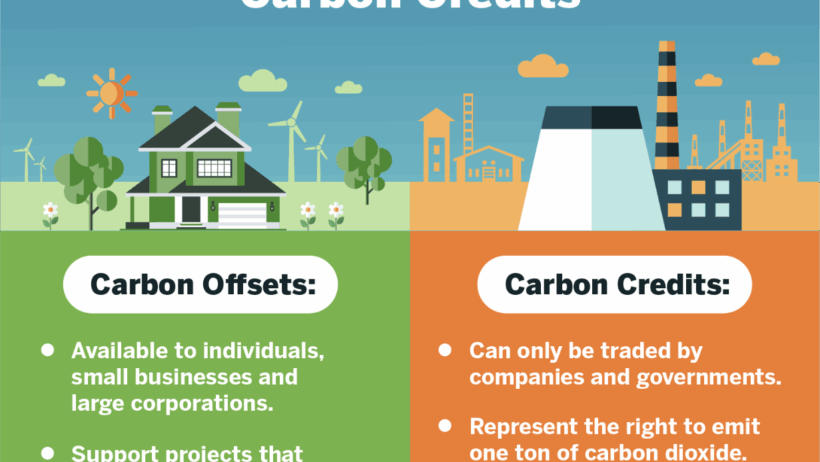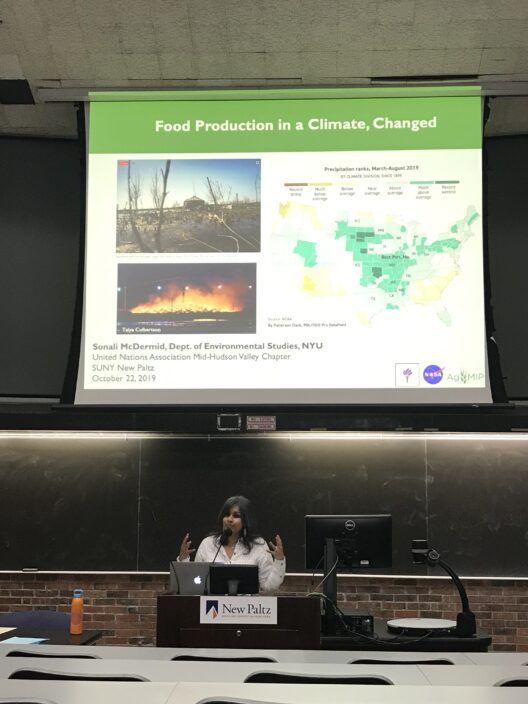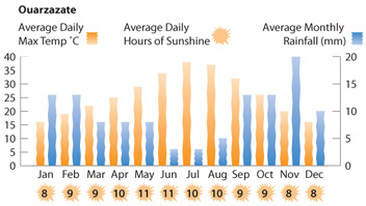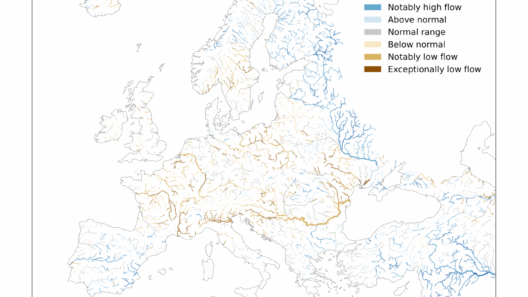The California Climate Credit is a fascinating, albeit complex, initiative that merits thorough investigation. Some may perceive it simply as a financial boon. However, a deeper examination reveals a multifaceted program with implications that extend well beyond immediate monetary benefits. Is this truly free money, or merely a sophisticated carbon offset mechanism? Diving into the intricacies of this program can shift one’s perspective, illuminating the broader context of climate change initiatives.
To understand the California Climate Credit, one must first comprehend its inception and underlying motivations. Established as part of the state’s cap-and-trade program, the credit serves a dual purpose. Primarily, it aims to reduce greenhouse gas emissions by placing a cap on the total level of greenhouse gas emissions allowed in the state. This cap incentivizes companies to innovate and reduce their carbon footprints while generating revenue for the state. From the revenue generated, funds are allocated to create incentives for cleaner technologies and sustainable practices.
The concept of carbon credits and offsets is fundamental to grasping the purpose of this initiative. Carbon credits allow businesses that are able to reduce their emissions beyond their allocated limit to sell their excess allowances to other companies. In effect, this creates a marketplace for emissions reductions. A carbon offset, on the other hand, refers to a reduction in emissions elsewhere that is used to compensate for emissions produced. The California Climate Credit blends these concepts, providing citizens with direct monetary compensation while fostering a culture of accountability and awareness surrounding carbon emissions.
Receiving the California Climate Credit might resemble a dazzling opportunity, especially when consumers see it reflected on their utility bills as a reduction. This is often perceived as a straightforward financial relief, a gesture from the state to its residents telling them, “here’s your free money.” However, this is only the surface of the issue. A closer analysis reveals that these credits are funded by the very costs that businesses incur to comply with emissions regulations, which can also reflect back on consumers through price increases in goods and services.
This leads to a critical examination of the sustainability of the credit. Is it truly free, or is there a more complex dynamic at play? Perhaps the moniker “free money” promotes a troubling narrative that overlooks the fundamental changes in market behavior prompted by climate policies. Consumers might revel in the short-term financial benefits, but they must also grapple with the long-term ramifications of continued carbon emissions and escalating climate impacts.
Moreover, the credit’s timing is of paramount importance. Recipients are often bewildered by the sporadic nature of when they receive these credits. Some might expect regular payouts like dividends; however, the reality is dictated by the fluctuating revenues from carbon auctions. This inconsistency can lead to disillusionment among consumers who may have been led to believe that their participation in sustainable practices would yield unwavering financial rewards.
Another critical aspect of the California Climate Credit is its educational potential. It is a vehicle for fostering greater awareness about climate issues and the importance of collective action. By receiving the credit, consumers are prompted to ask questions, engage in discussions, and ultimately reconsider their relationship with the environment. The credit can act as a catalyst for a paradigm shift, where individuals feel empowered to adopt greener practices beyond mere compliance with legislation. They may begin to recognize their role in a global climate effort rather than perceiving themselves as isolated consumers.
Yet, this prompts the question: Can a flawed system effectively drive change? The degree to which the California Climate Credit ignites genuine interest in climate awareness or instills apathy depends on how its stakeholders engage with the process. Entities that administer the credit need to provide supplementary resources, education, and guidance to ensure recipients understand the broader implications of their participation. Without a systemic effort to enhance understanding, the credit might become merely a financial transaction rather than an integral part of a much larger movement towards sustainability.
Moving beyond personal finance, it is crucial to recognize the social equity implications of the California Climate Credit. The program, while offering monetary benefits, might disproportionately favor wealthier households that can more effectively invest in sustainable practices. A well-intentioned program may inadvertently exacerbate existing inequalities. Furthermore, as climate change increasingly affects marginalized communities, the disconnect between policy benefits and social justice must be addressed to ensure that the California Climate Credit fosters equity rather than division.
In synthesizing the core ideas surrounding the California Climate Credit, one must conclude that it represents more than just a monetary incentive. It is a microcosm of the broader climate dialogue and a reflection of society’s efforts to grapple with its carbon footprint. While cash benefits can be alluring, they should not mitigate the pressing responsibility to interrogate the underlying systems contributing to climate change.
In conclusion, the California Climate Credit serves as both a beacon of hope and a testament to the complexities of environmental policy. Whether viewed as free money or a sophisticated carbon offset mechanism depends largely on one’s perspective and engagement with the issues at hand. This program can stimulate curiosity and broader discussions about our collective role in mitigating climate change — an imperative that transcends financial benefits, ultimately enjoining society to foster a sustainable future.







